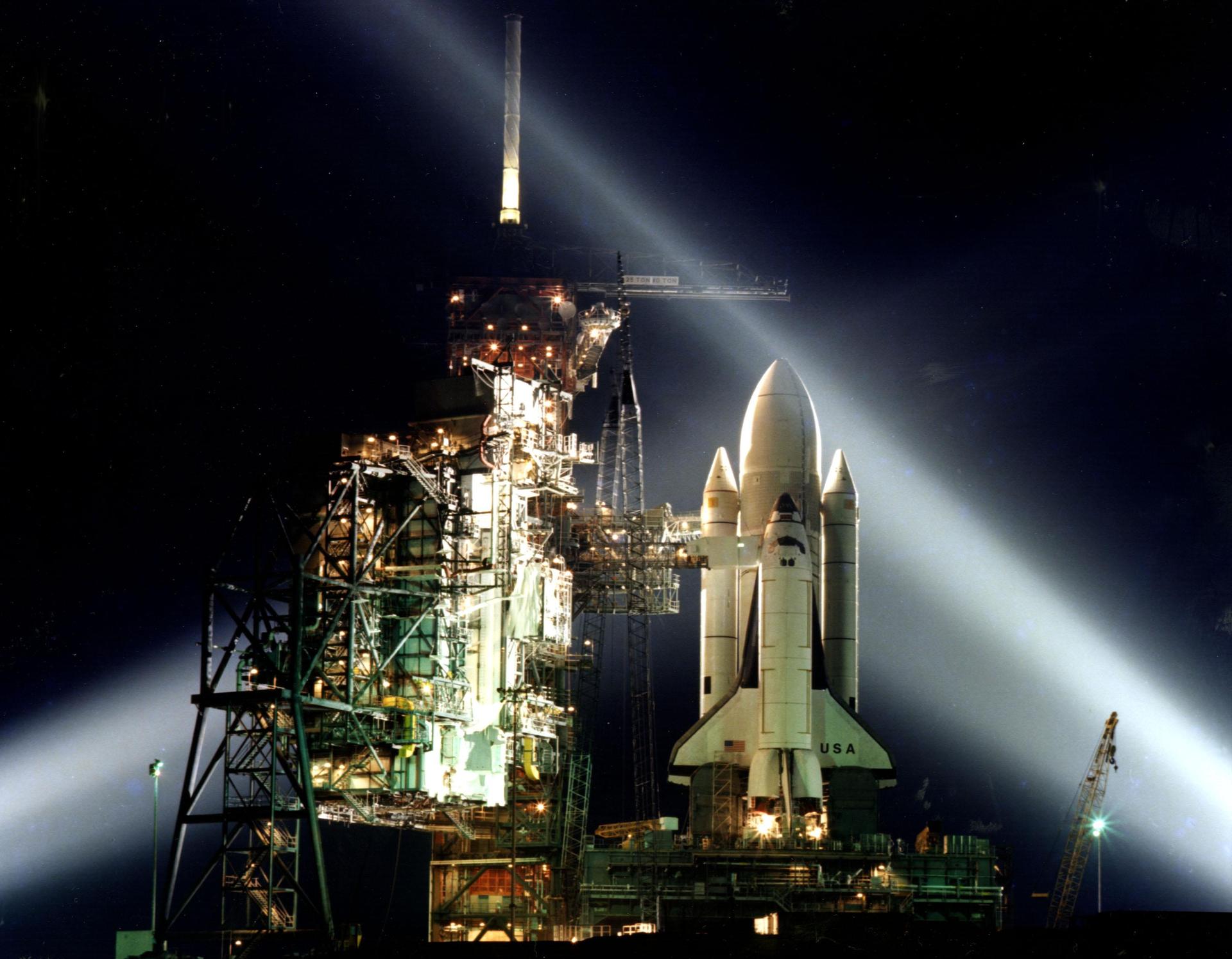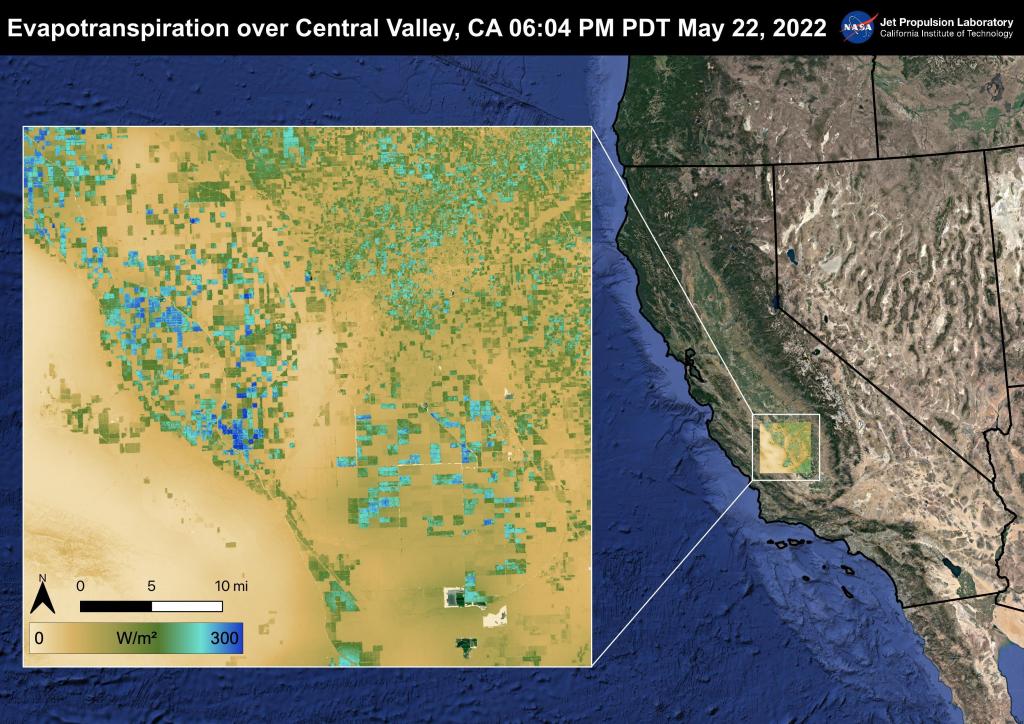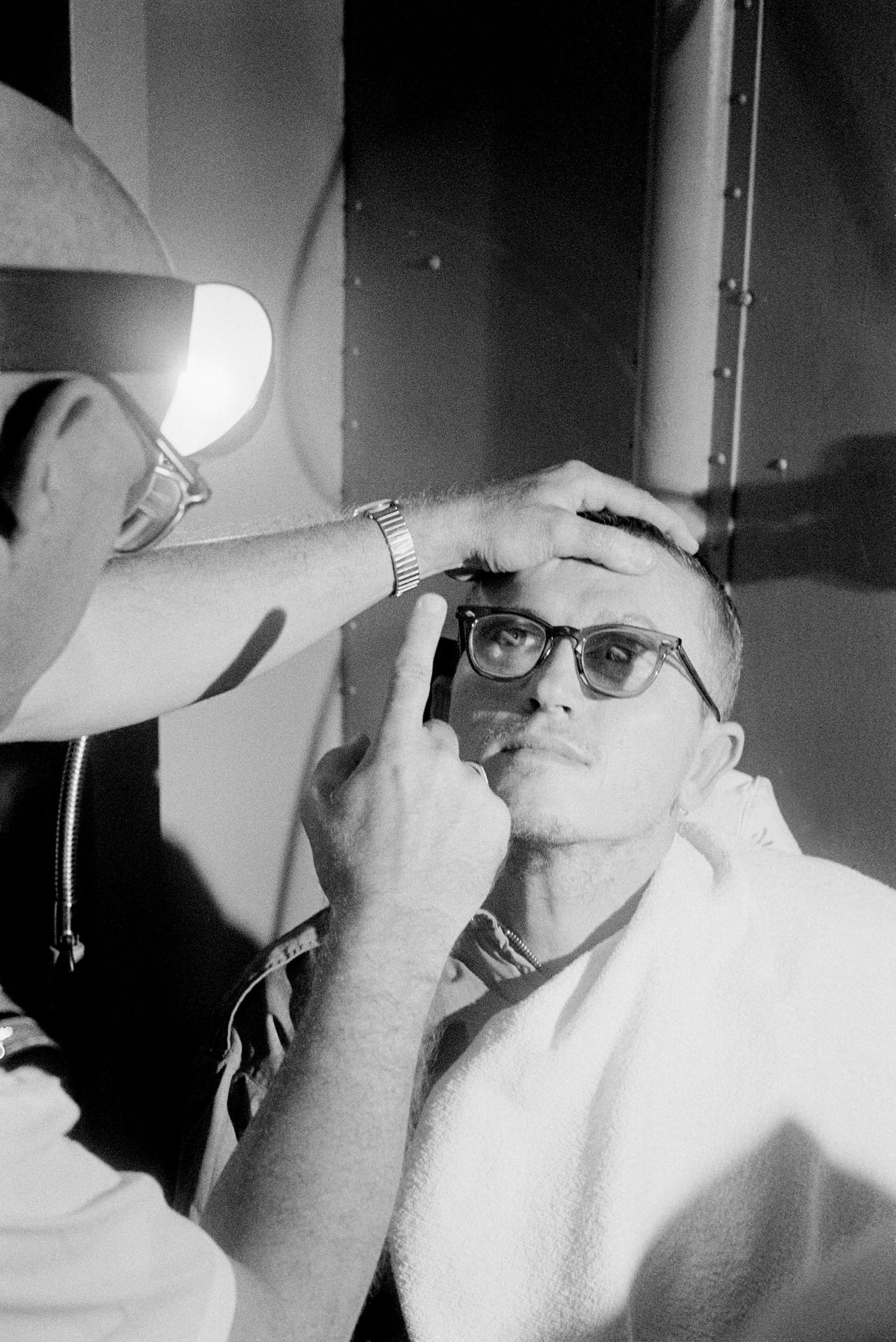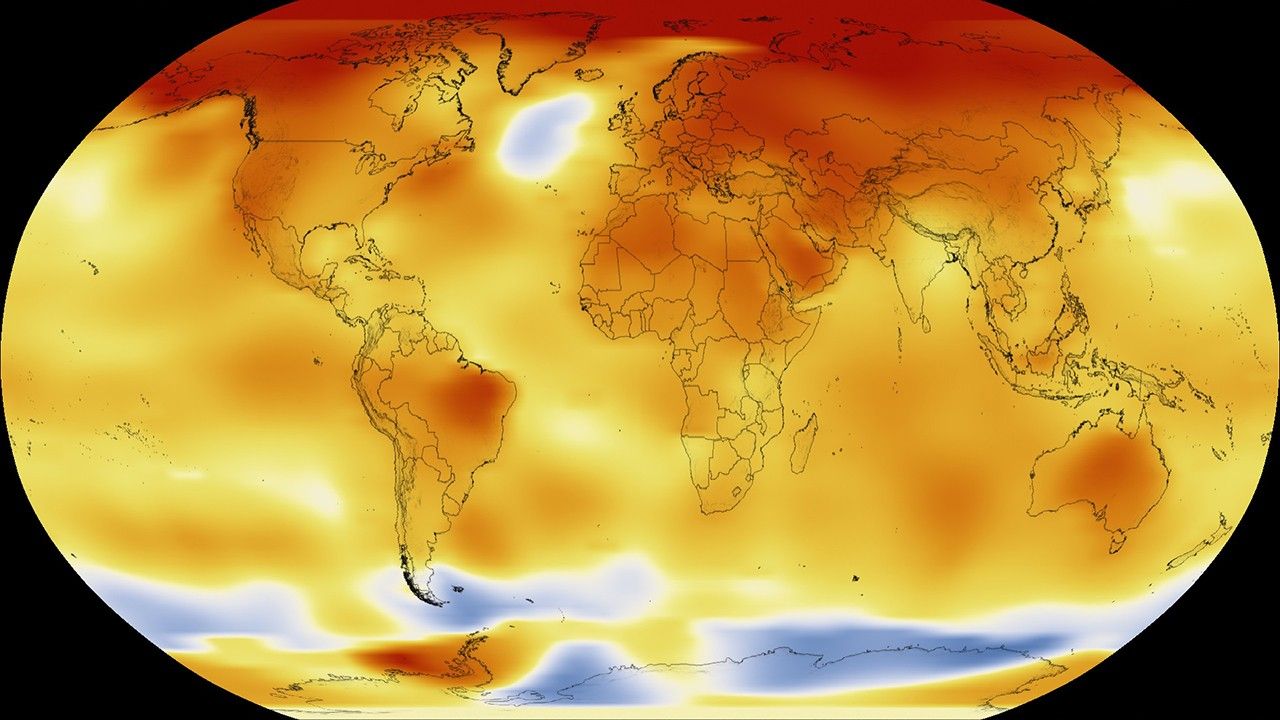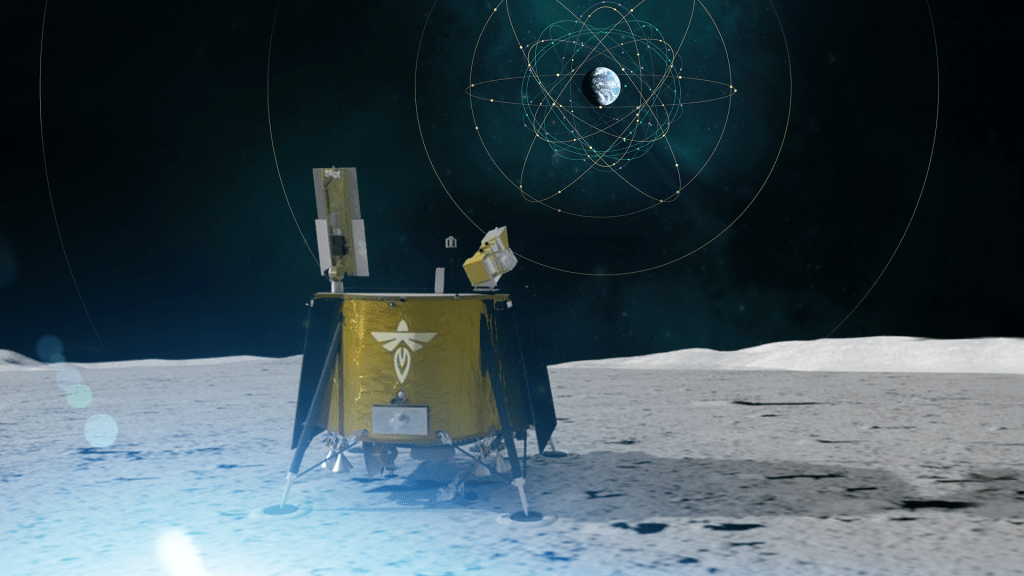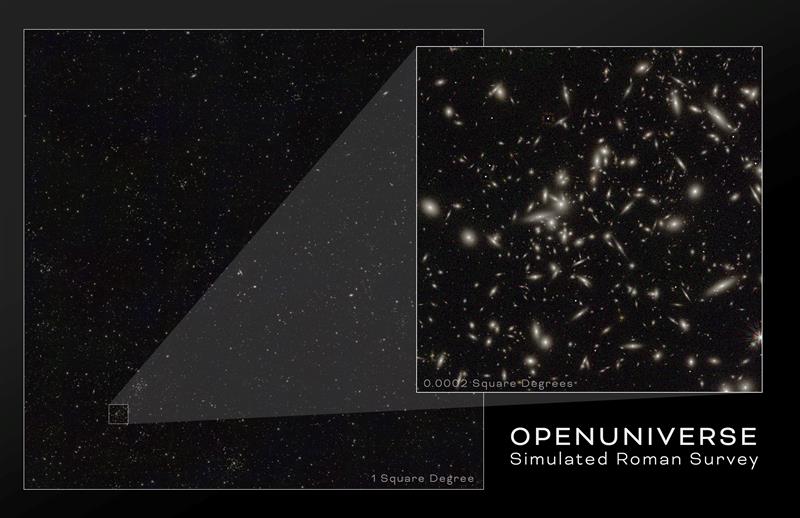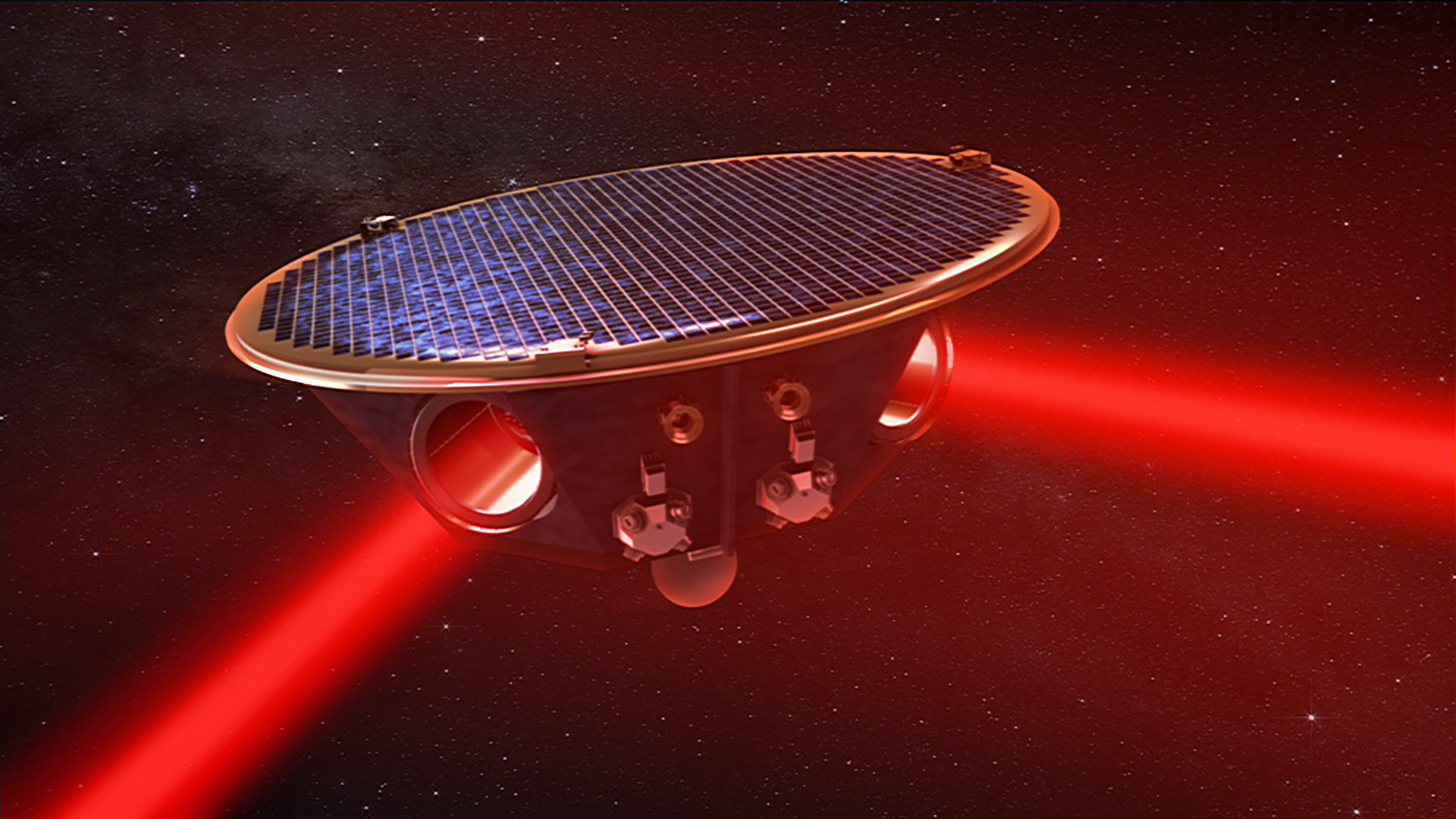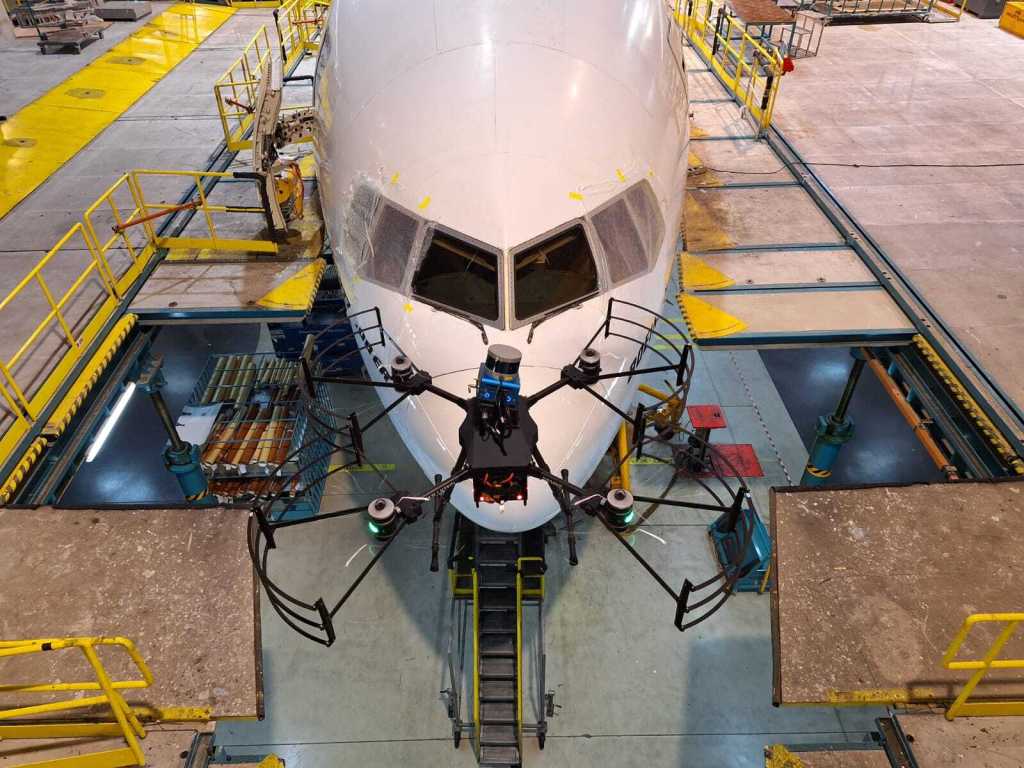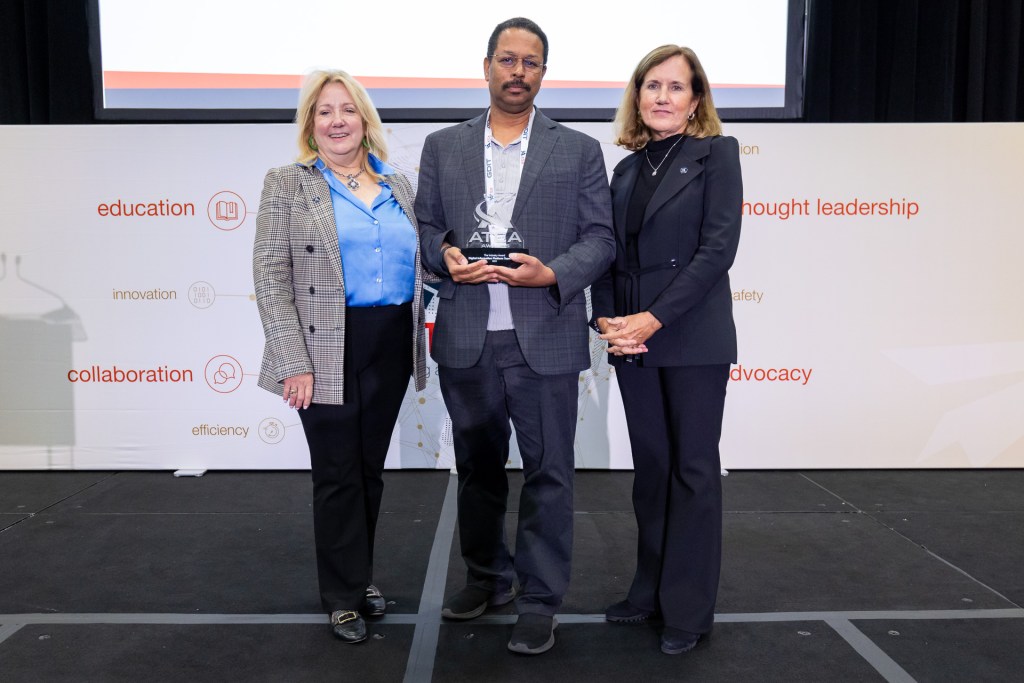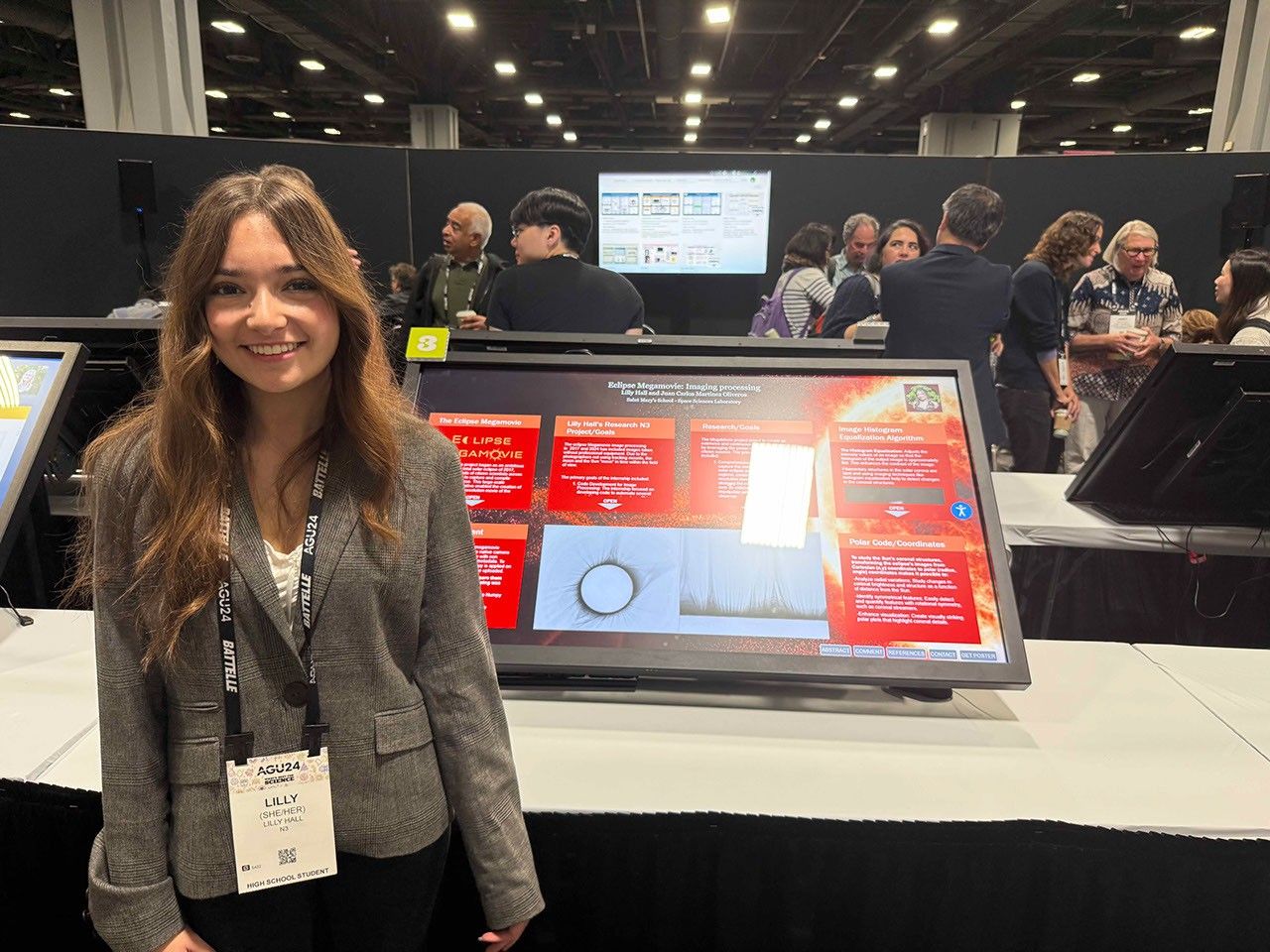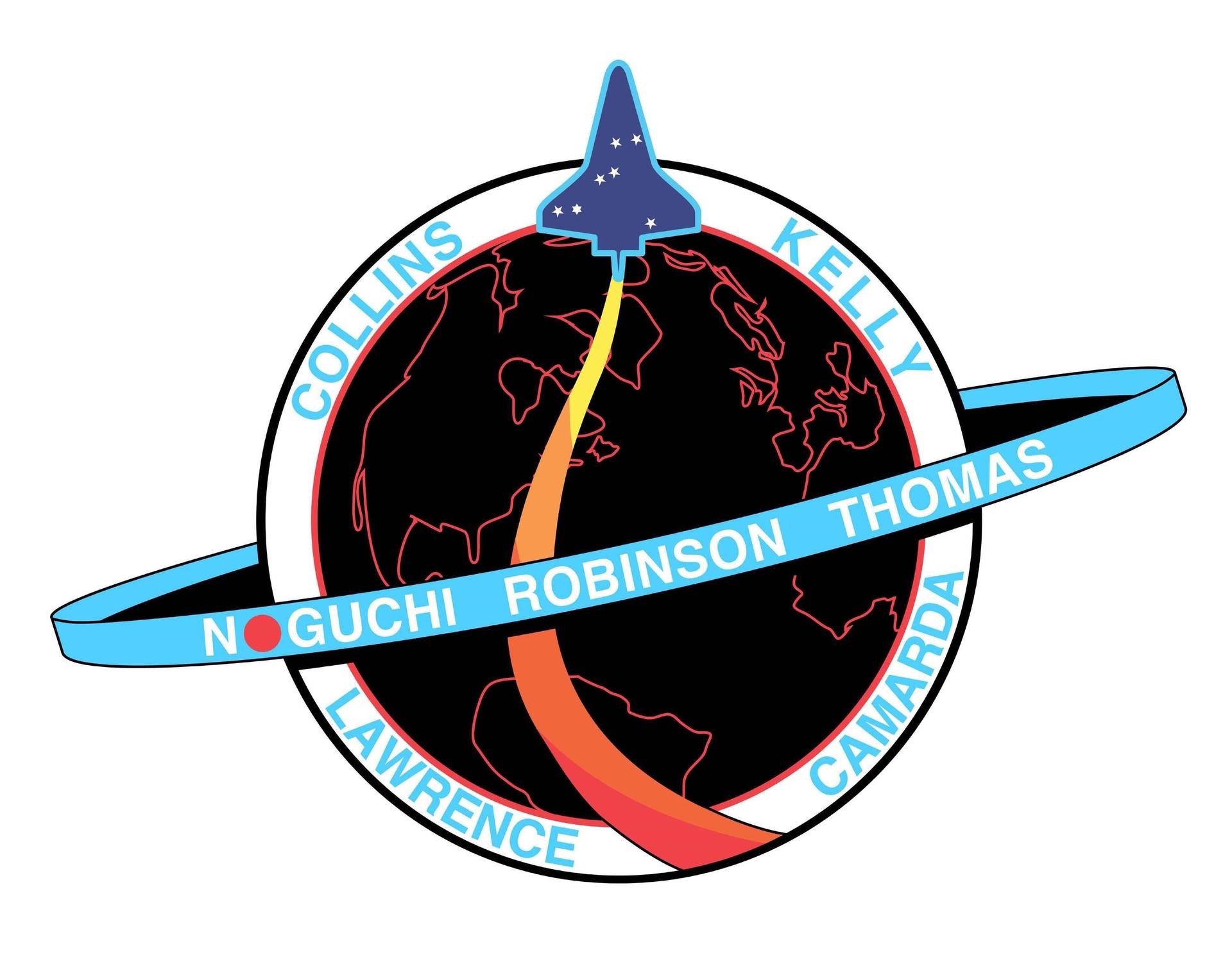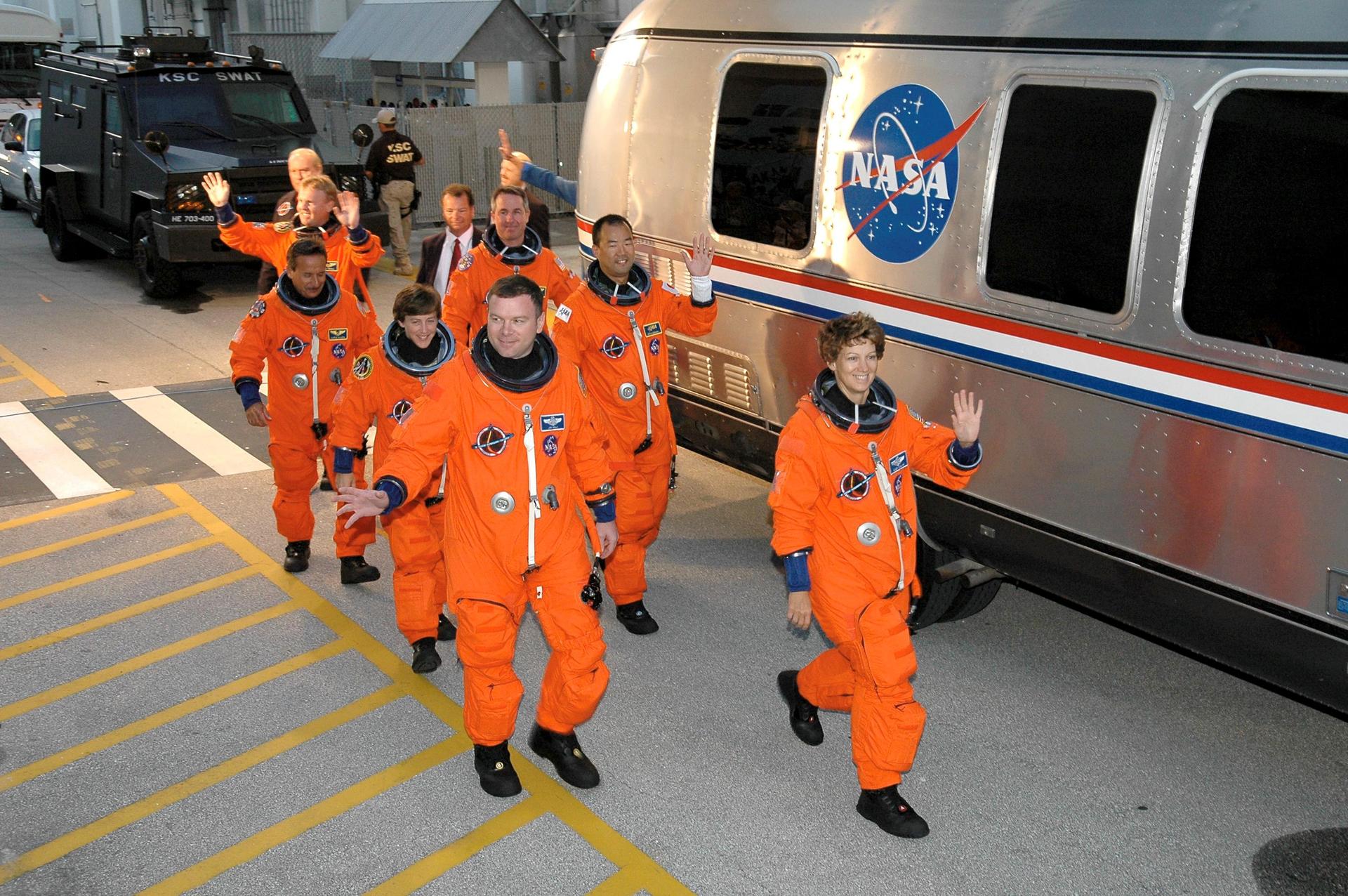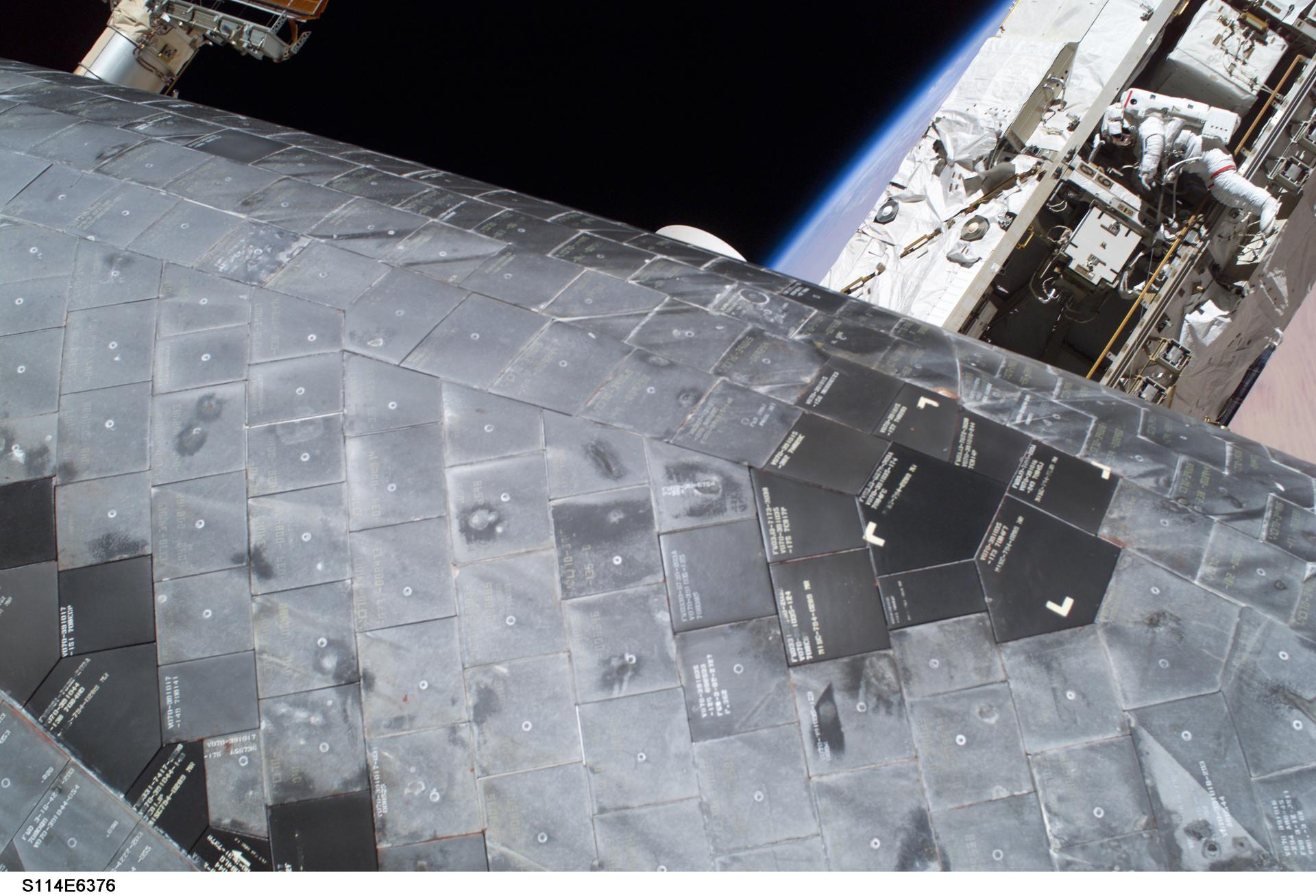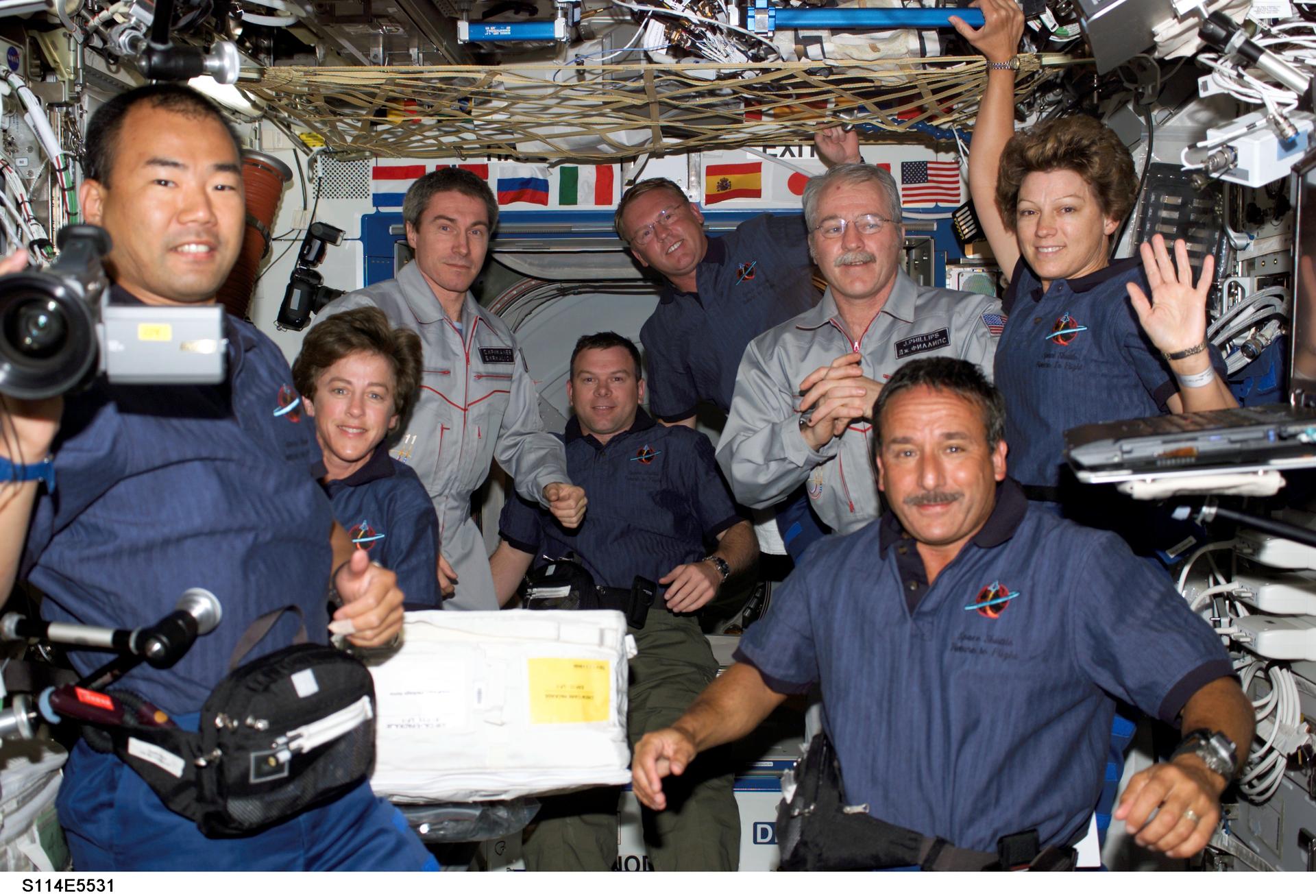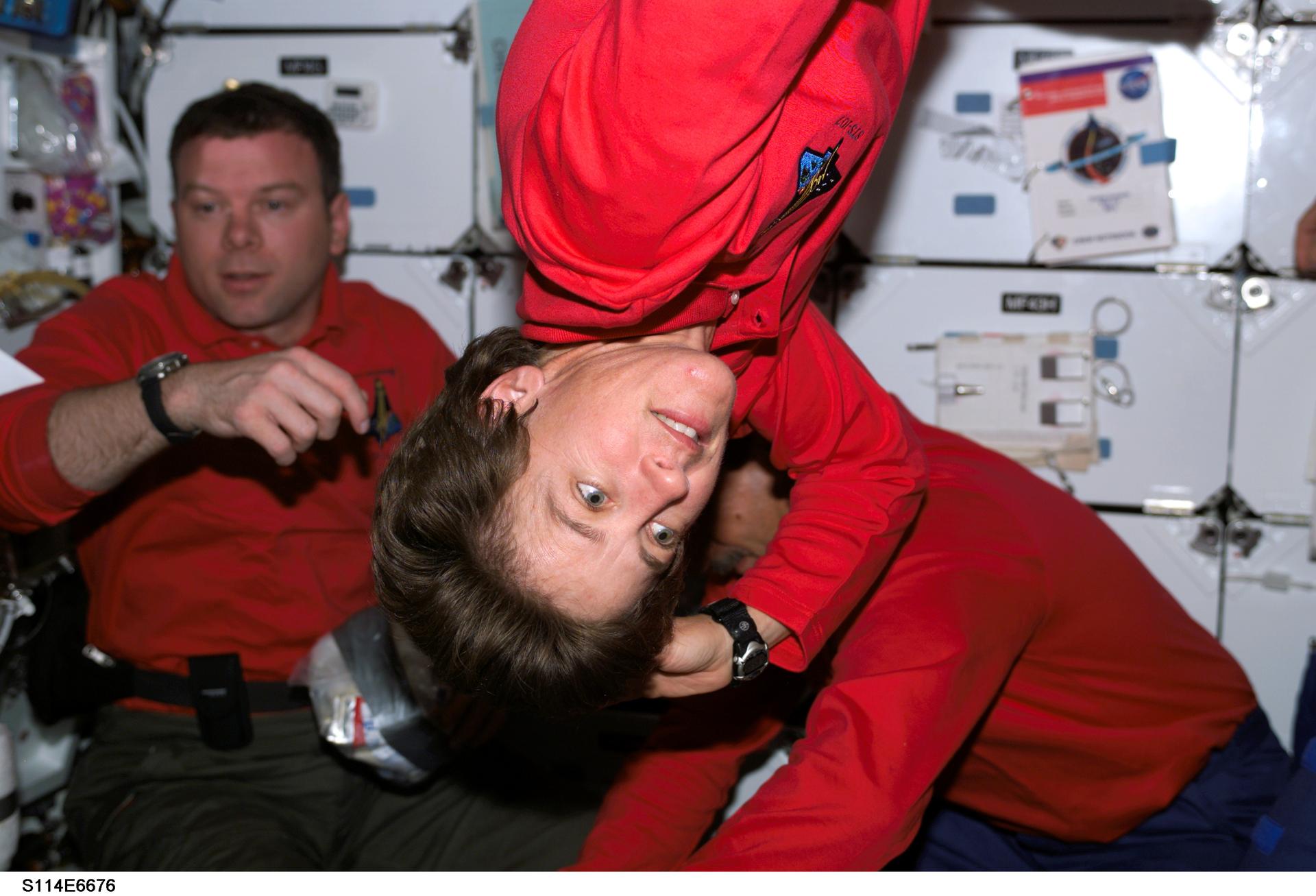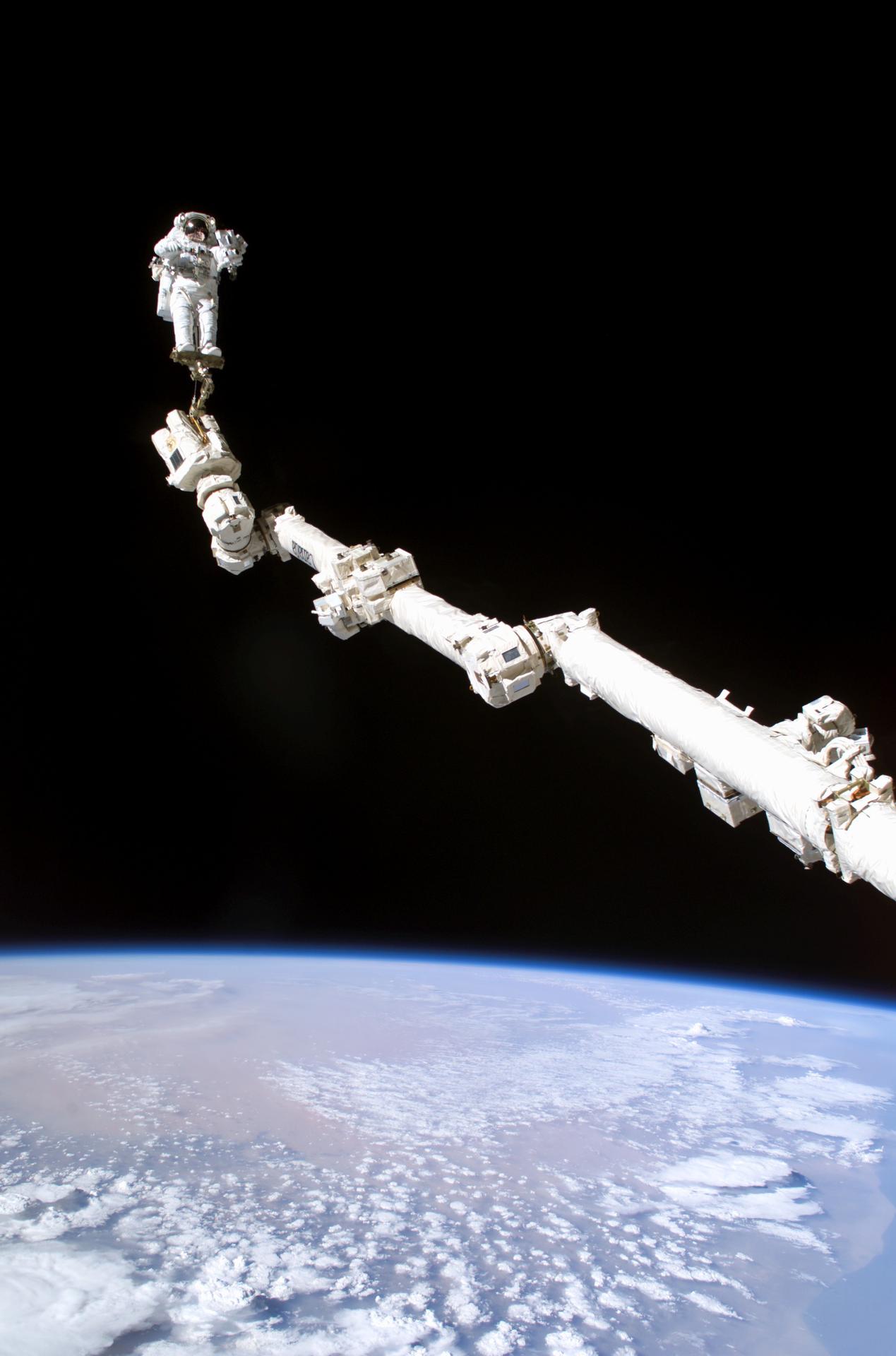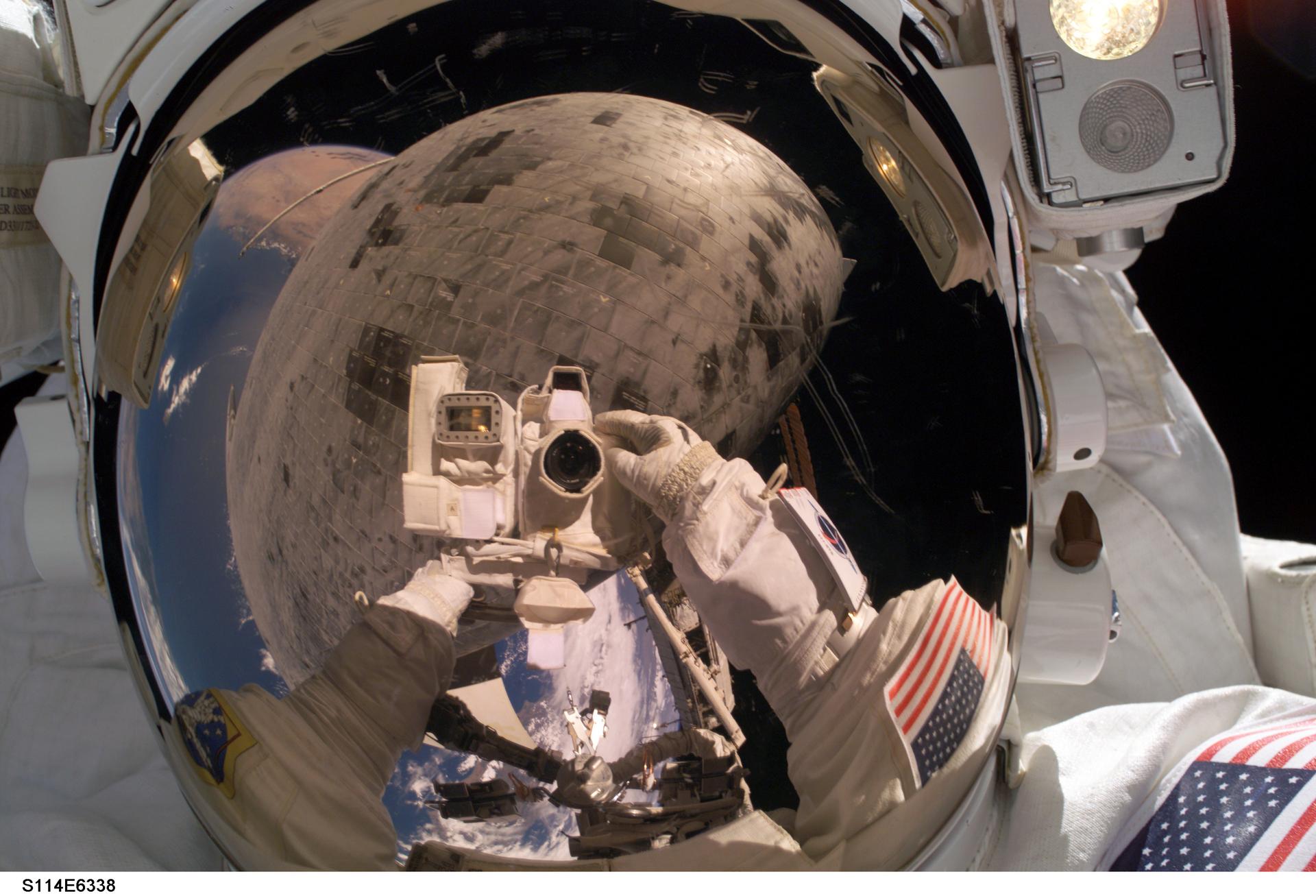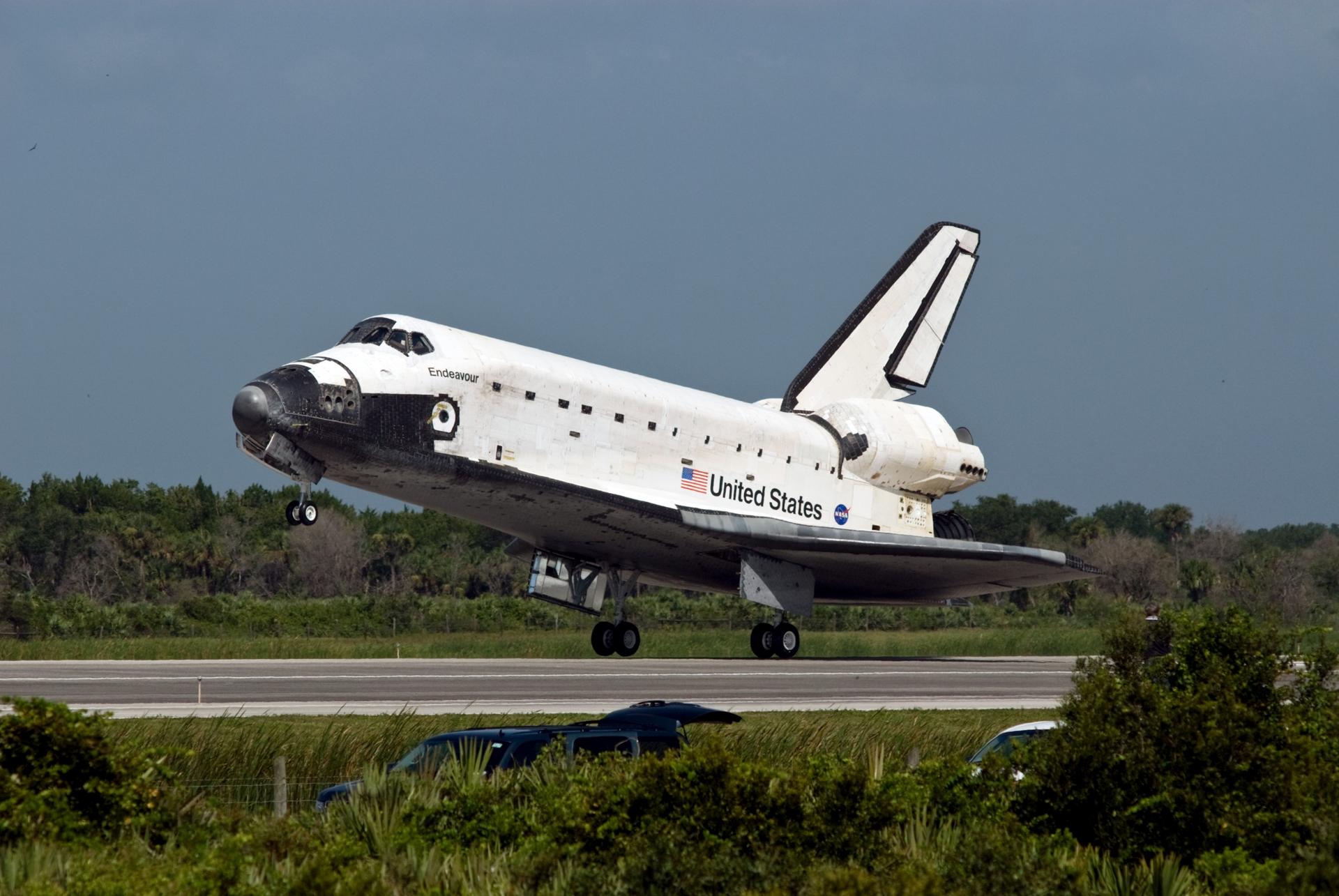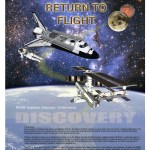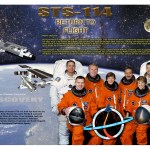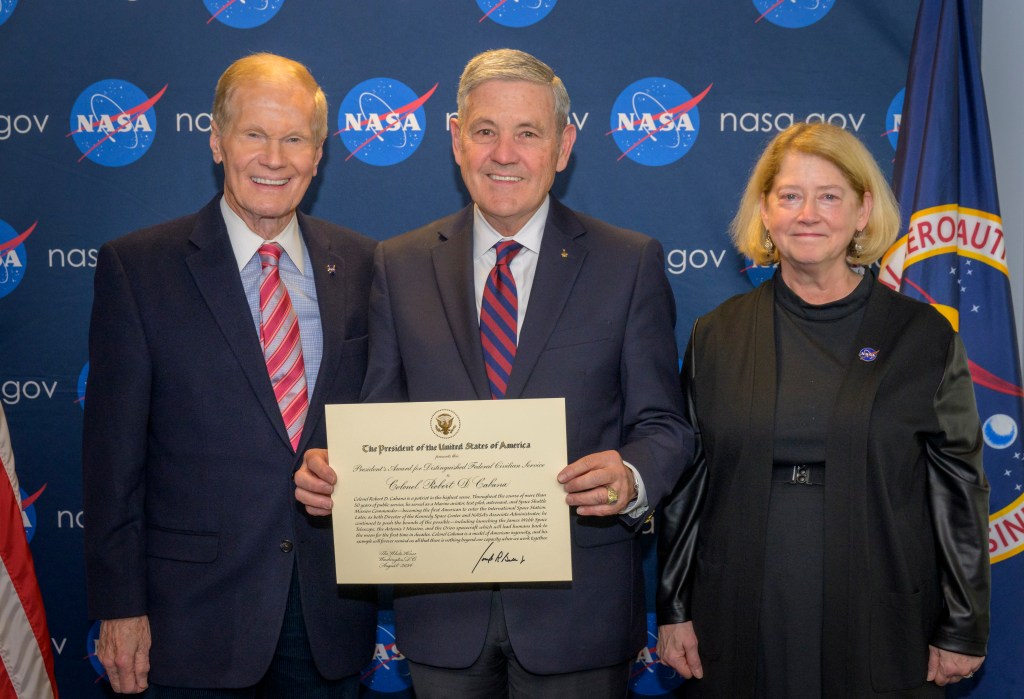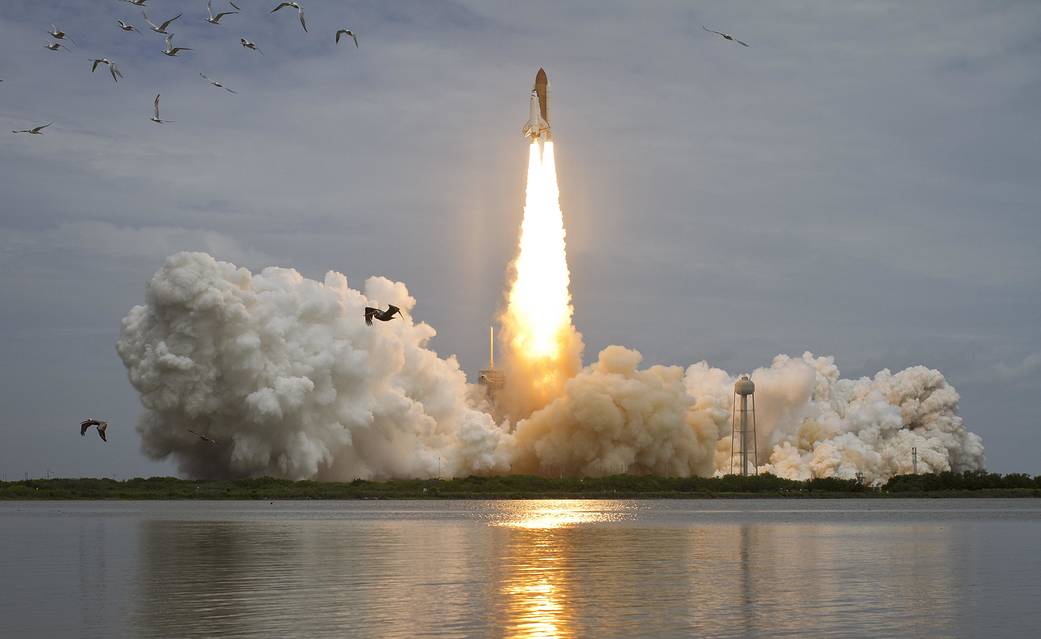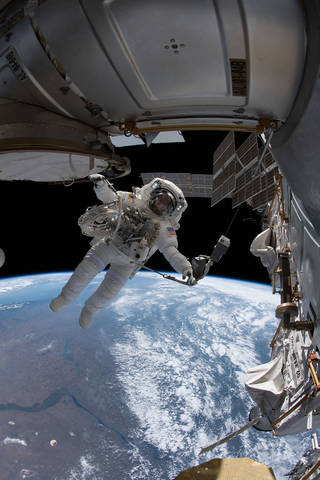
STS-114
STS-114 was the first Return to Flight mission since the tragic loss of Columbia Feb. 1, 2003. Two and a half years were spent researching and implementing safety improvements for orbiters and external tanks. They included greater in-depth examination of Reinforced Carbon-Carbon panels that are used on the wing leading edges, plus replacing bolts and new foam applications on the tanks.
orbiter
mission duration
Launch
Landing
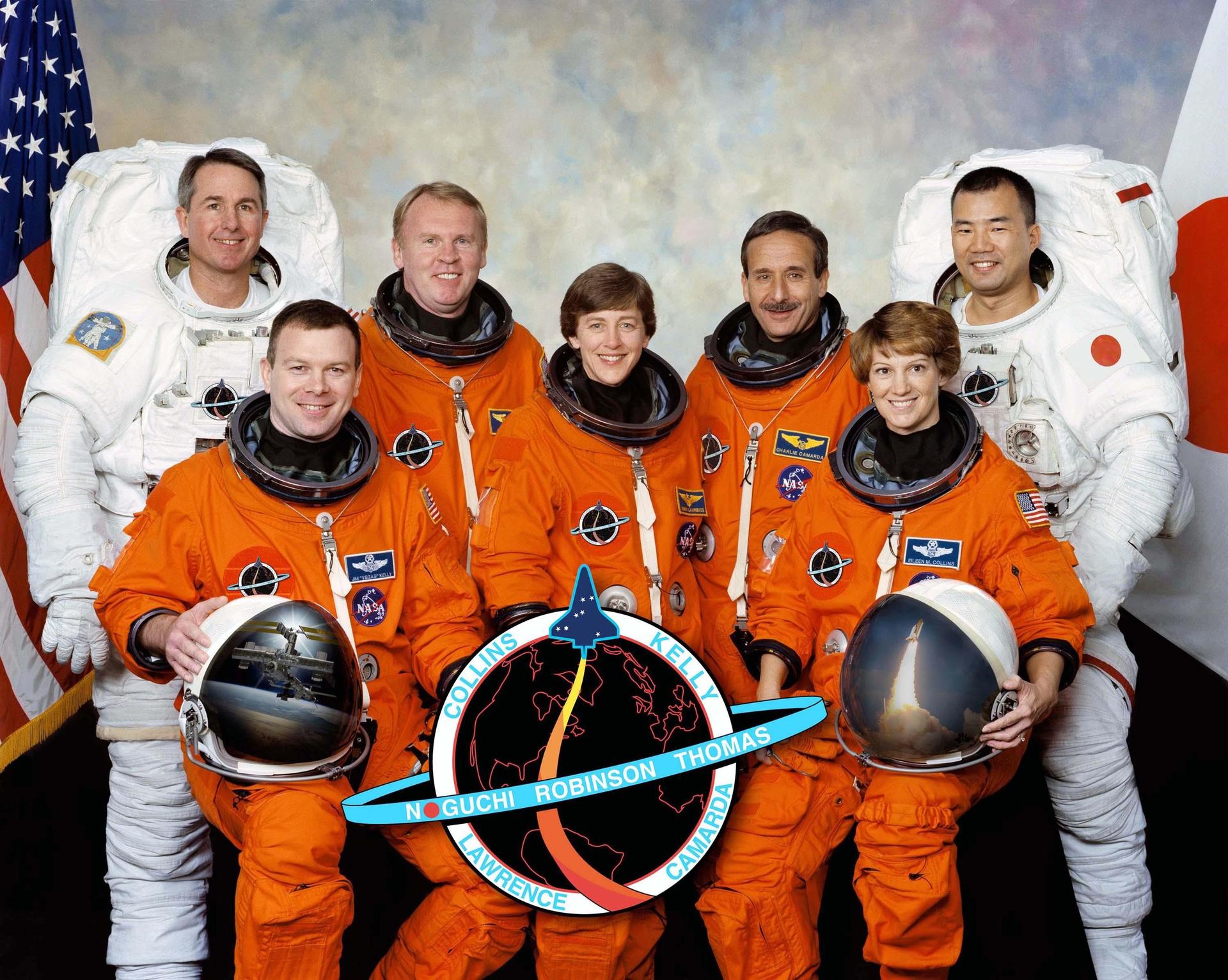
Mission Facts
Mission: International Space Station Assembly Flight LF1
Space Shuttle: Discovery
Launch Pad: 39B
Launched: July 26, 2005, 10:39:00 a.m. EDT
Landing Site: Edwards Air Force Base, Calif.
Landing: Aug. 9, 2005, 5:11:22 a.m. PDT
Runway: 22
Revolution: 219
Mission Duration: 13 days, 21 hours, 32 minutes and 48 seconds
Main Gear Touchdown: 5:11:36 a.m. PDT
Nose Gear Touchdown: 5:11:41 a.m. PDT
Wheel Stop: 5:12:36 a.m. PDT
Rollout Distance: 1.5 miles
Miles Traveled: 5.8 million
Crew
Eileen M. Collins, Commander
James M. Kelly, Pilot
Wendy B. Lawrence, Mission Specialist
Stephen K. Robinson, Mission Specialist
Andrew S. W. Thomas, Mission Specialist
Charles J. Camarda, Mission Specialist
Soichi Noguchi, Mission Specialist
Launch Highlights
July 26, 2005 at 10:39 a.m. EDT. A liquid hydrogen tank low-level fuel cut-off sensor failed a routine prelaunch check during the launch countdown July 13, causing mission managers to scrub Discovery’s first launch attempt. Members of an engineering team met to review data and possible troubleshooting plans. Some of the troubleshooting included conducting electromagnetic interference and ground resistance testing on wiring in the aft engine compartment. On July 26, the countdown was flawless and liftoff occurred on time.
Landing Highlights
Waved off 4 landing opportunities at Kennedy Space Center due to weather. Landed on first opportunity at Edwards Air Force Base, marking the 6th night landing at Edwards and the 50th shuttle landing in California.
Kennedy Space Center was beset with weather issues starting Aug. 8, the original landing date. Two landing opportunities at Kennedy were waved off Aug. 8 and two more again Aug. 9. Edwards was chosen as the preferred landing site following wave-off at Kennedy Space Center on Aug. 9. Discovery was ferried back to Kennedy Space Center Aug. 20, 2005, atop a modified Boeing 747 aircraft.
Mission Highlights
STS-114 was the first Return to Flight mission since the tragic loss of Columbia Feb. 1, 2003. Two and a half years were spent researching and implementing safety improvements for orbiters and external tanks. They included greater in-depth examination of Reinforced Carbon-Carbon panels that are used on the wing leading edges, plus replacing bolts and new foam applications on the tanks.
Discovery’s climb to orbit was extensively documented through a system of new and upgraded ground-based cameras, radar systems and airborne cameras aboard high altitude aircraft. The imagery captured of Discovery’s launch, and additional imagery from laser systems on Discovery’s new Orbiter Boom Sensor System laser-scanner as well as data from sensors embedded in the shuttle’s wings, helped mission managers determine the health of Discovery’s thermal protection system. When Discovery neared the International Space Station early July 28, Station Commander Sergei Krikalev and Flight Engineer John Phillips used digital cameras and high-powered 800-mm and 400-mm lenses to photograph Discovery’s thermal protective tiles and key areas around its main and nose landing gear doors. All imagery was downlinked to a team of 200 to analyze.
Before docking with the space station, Commander Eileen Collins performed the first Rendezvous Pitch Maneuver about 600 feet below the station. The motion flipped the shuttle end over end at 3/4 degree per second, allowing Expedition 11 crew members to photograph the underside of Discovery and its heat-resistant tiles in detail.
Imagery during launch showed a piece of foam being shed from the external tank, as well as smaller tile and foam dings. Imagery of the tiles showed two areas where gap fillers were protruding. Mission managers spent several days to determine if any action would be required of the crew.
It was decided to allow Robinson the attempt to pull out the protruding gap fillers with his hand or with forceps, or remove the protrusions with a hacksaw. The astronauts reviewed training on using the robotic arm and worked on assembling a hacksaw if they should need it.
A puffed out piece of thermal blanket near the cockpit was also identified in the imagery and became another area of concern. Tunnel tests at NASA’s Ames Research Center in California and further engineering analysis showed there was little reason to be concerned about debris release during re-entry.
Prior to the first spacewalk, Mission Specialist Wendy Lawrence and Pilot James Kelly guided the station’s robotic arm, Canadarm2, to lift the Multi-Purpose Logistics Module Raffaello from Discovery’s Cargo Bay for attachment to the Unity module. More inspections of Discovery were conducted by Mission Specialist Charles Camarda and Kelly.
During the mission, astronauts tested and examined tiles in demonstration of repair techniques. Other time was spent transferring equipment and supplies on the station as well as removing and stowing the same on the MPLM Raffaello for return to Earth.
Three spacewalks were planned and conducted, including an add-on task for the gap filler removal:
- EVA No. 1 — 6 hours, 50 minutes, July 30. Mission Specialists Stephen Robinson and Soichi Noguchi worked with tiles and reinforced carbon-carbon intentionally damaged on the ground and brought into space in Discovery’s cargo bay. They tested an Emittance Wash Applicator for tile repair and Non-Oxide Adhesive eXperimental for the reinforced carbon-carbon samples. They also installed a base and cabling for a stowage platform and rerouted power to Control Moment Gyroscope-2, one of four 600-pound gyroscopes that control the orientation of the station in orbit.
- EVA No. 2 — 7 hours, 14 minutes, Aug. 1. Noguchi and Robinson removed the failed CMG-1 and stowed it. They moved the new CMG from the payload bay and installed it. Four functioning CMGs now serve the space station.
- EVA No. 3 — 6 hours, 1 minute, Aug. 3. Attached to the Canadarm2, Robinson was moved to the site on Discovery’s underside where he gently pulled the two protruding gap fillers from between thermal protection tiles. Other events were installing an external stowage platform outside the station to house spare parts and installing a fifth Materials International Space Station Experiment (MISSE). MISSE 5 exposes samples of various materials to the harsh space environment for several months.
Mission managers added one more day to the mission, to follow the third spacewalk. Both the Discovery crew and Expedition 11 crew paid tribute to the Columbia crew and other astronauts and cosmonauts who have lost their lives in the human exploration of space.
The MPLM was unberthed from the Unity node using the station robotic arm and placed back in Discovery’s cargo bay. Discovery and the MPLM carried 7,055 pounds of unneeded equipment and trash. The OBSS was berthed back in the cargo bay by the shuttle robot arm after a handoff of the boom from the station’s arm.
STS-114
Resources
Shuttle News
Retired Space Shuttle Locations
Shuttle Atlantis – Kennedy Space Center Visitor Complex Shuttle Discovery – Steven F. Udvar-Hazy Center Shuttle Endeavour – California Science…
Read the Story